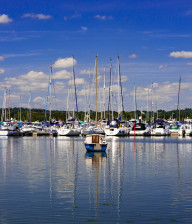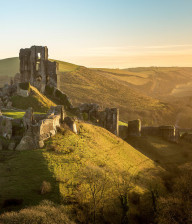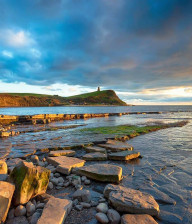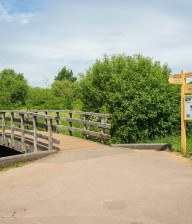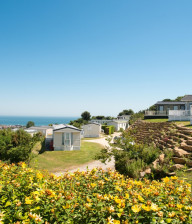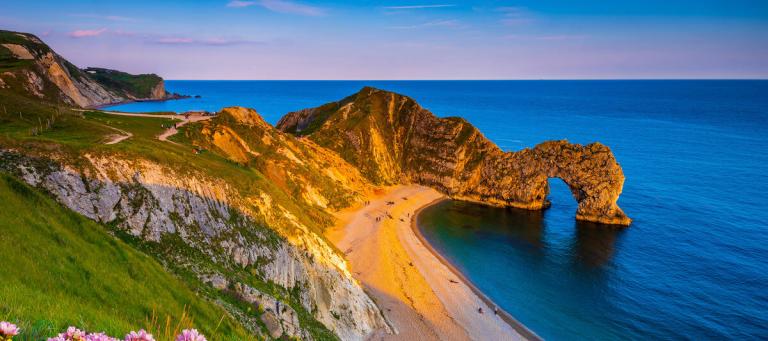

Dorset - The Durdle Door
Visit Dorset's most iconic natural beauty spot
Durdle Door (or Durdl Dor) is one of Dorset’s most photographed and iconic landmarks. It's part of the Jurassic Coast World Heritage Site and is an extremely popular tourist spot.
The Door is part of Lulworth Estate, which is owned and managed by the Weld family.
Durdle Door is a natural arch, formed from a layer of hard limestone standing almost vertically out of the sea. It stands at the foot of a steep path followed by a set of wooden steps. There is a 15 minute walk along a steep downhill path, plus a further 143 steps down onto the beach (trainers or walking boots are needed, flip-flops will not cut it).
At the foot of the path are a pair of shingle beaches – Durdle Door is to the West and Man o’ War Cove is to the East. At the base of the chalk cliffs are a number of natural caves that have been carved out by the sea.
The stretch of footpath between Durdle Door and Lulworth Cove is the busiest in the South West and sees more than 200,000 walkers every year. The walk between the two sites takes 30 minutes and there are other walking routes nearby.
The coastline is of such international geological importance that it was designated England’s first natural World Heritage Site by UNESCO in 2001 and is now part of a family of natural wonders that also includes America’s Grand Canyon and Australia’s Great Barrier Reef.
The magnificent natural limestone arch was formed when powerful waves eroded the rock and forged a hole through the middle. The name Durdle is derived from an old English word ‘thirl’, which means to pierce, bore or drill.
We recommend visiting between September and May when the beach and roads will be quieter. If you do want to visit during peak times, we recommend you use public transport, walk or cycle. If you're driving, arrive early or late in the day for a better chance of a parking space.
